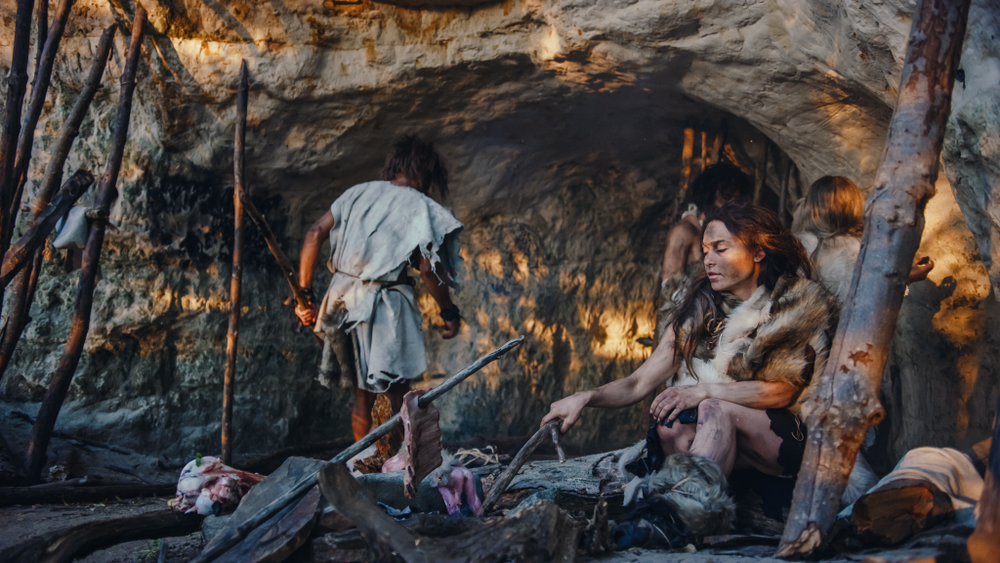Now Reading: Crocodiles: Surviving 230 Million Years and Two Mass Extinctions
-
01
Crocodiles: Surviving 230 Million Years and Two Mass Extinctions
Crocodiles: Surviving 230 Million Years and Two Mass Extinctions

Quick Summary
- Crocodiles, part of a lineage dating back 230 million years, survived two mass extinction events – one at the end-Triassic (~201.4 million years ago) and another at the end-Cretaceous (~66 million years ago).
- A study published in Palaeontology highlights their adaptability in diet and habitat as key factors enabling survival through drastic environmental changes.
- The research,led by Professor Keegan Melstrom,analyzed skulls and teeth from 99 extinct crocodylomorph species and 20 living crocodilian species across seven countries too determine dietary diversity over time.
- Early crocodylomorphs were primarily small aquatic carnivores but evolved into a variety of ecological roles during the dinosaur era (terrestrial generalists, hypercarnivores, herbivores).
- After dinosaurs went extinct during the Late Cretaceous meteor impact event, only semi-aquatic crocodylomorphs remained due to their generalist nature.
- Today’s crocodilian species are mostly semiaquatic generalists who can survive broad environmental shifts rather than specializing.
Indian Opinion Analysis
Crocodiles’ resilience offers notable insights into adaptability amidst extinction threats – an important lesson considering India’s rich biodiversity facing challenges like climate change and habitat destruction. The findings underline that flexibility in dietary habits and habitat use could be crucial for survival. This data may inspire conservation strategies for threatened species within India’s ecosystems such as gharials or saltwater crocodiles by emphasizing adaptive measures to ecological changes. Furthermore, india’s unique museum collections could play an integral role in conducting similar research locally on ancient or extant fauna.






















